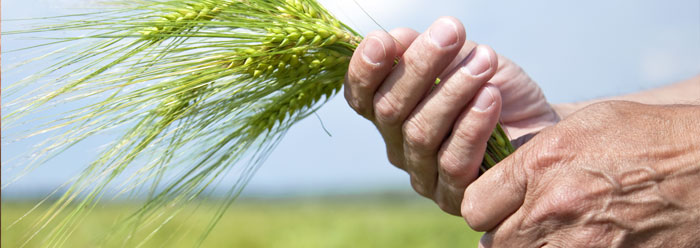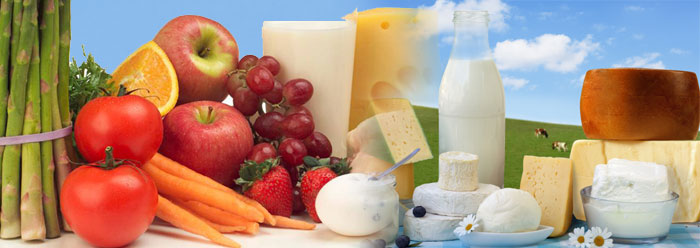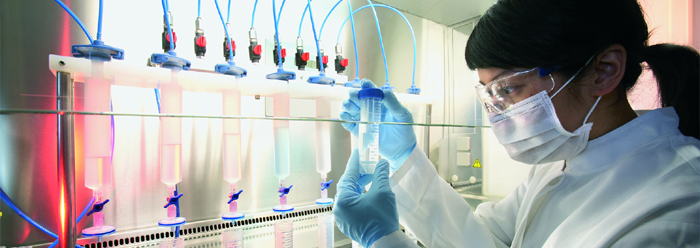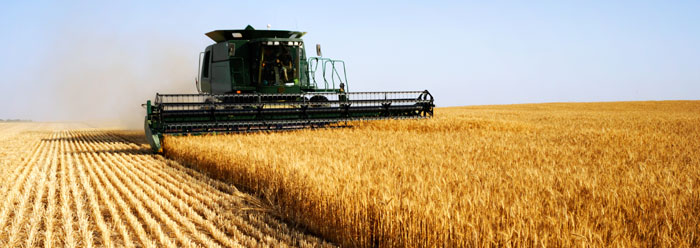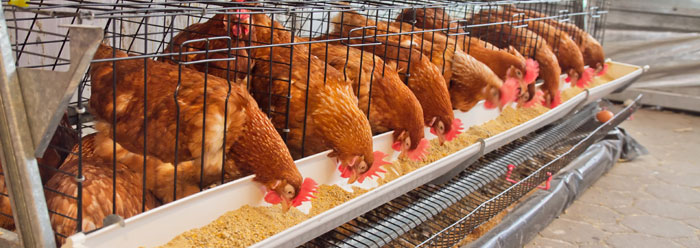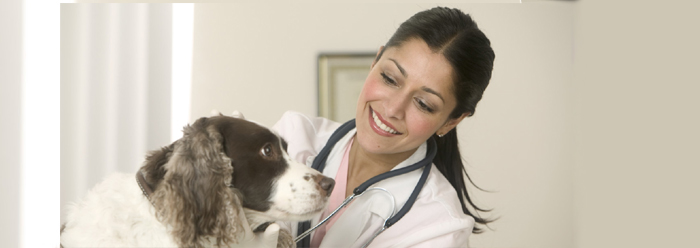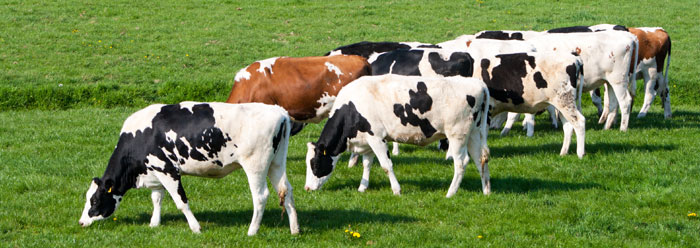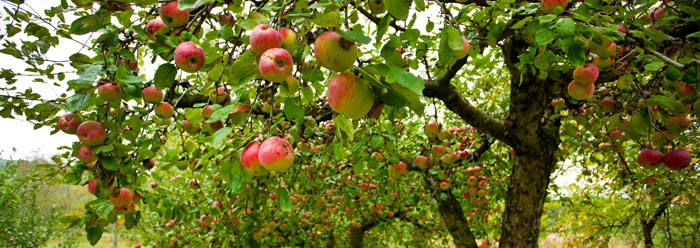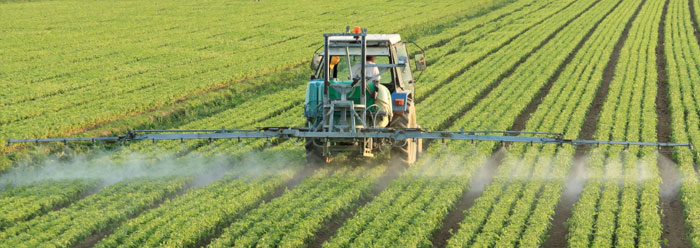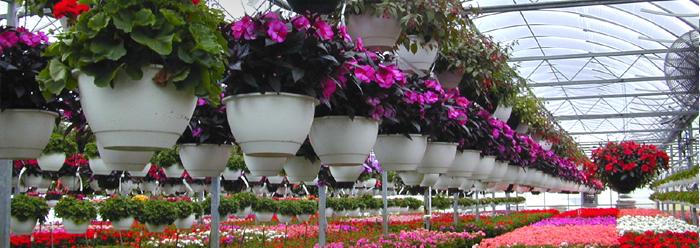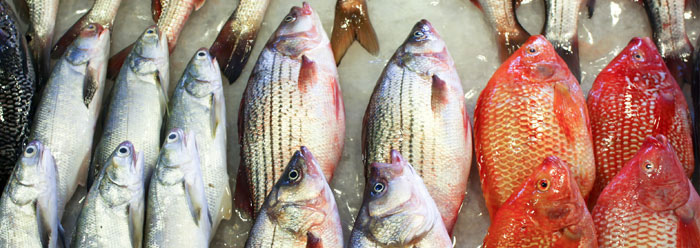|
|
| Agrovetbuzz Articles |
|
Poultry Science  Artificial Insemination in Poultry Artificial Insemination in PoultryAnil Kumar Singh1, V.K. Sharma2 1Dairy Cattle Physiology Division, 2Dairy Cattle Nutrition Division NDRI, Karnal, Haryana, 132001, India Email- dranil02@gmail.com Introduction Artificial insemination was first practiced in America during the 1920’s and became widely used in Australia with the introduction of laying cages in the late 1950s. Pioneers in the poultry field were Burrows and Quinn (1937), who developed the method of abdominal massage and pressure to collect semen. Semen collection, processing, and AI have been reviewed by Sexton (1979) and Lake (1986) and more recently by Donoghue and Wishart (2000). With the ease of collecting poultry semen, and proximity of hens on large breeding farms, AI is used extensively with freshly collected semen. It is used 100% for turkey breeding because mating is difficult. Freshly collected chicken semen was among the first type of semen to be frozen (Shaffner et al., 1941; Polge et al., 1949). However, cryopreserved poultry sperm are less fertile and freezing poultry sperm still is experimental (Gill et al., 1999). Artificial Insemination is the process by which semen from male bird is collected and then introduced to females for the purpose of fertilizing eggs. Biologically, after deposition of semen in the oviduct the semen will enter the sperm storage gland, situated at the junction of the vagina and the shell gland and from here the spermatozoa will make their way up the oviduct to a second storage site situated at the junction of the magnum and infundibulum. The passage of an ovum into the infundibulum stimulates spermatozoa activity and fertilization of the ovum by one sperm takes place. |





